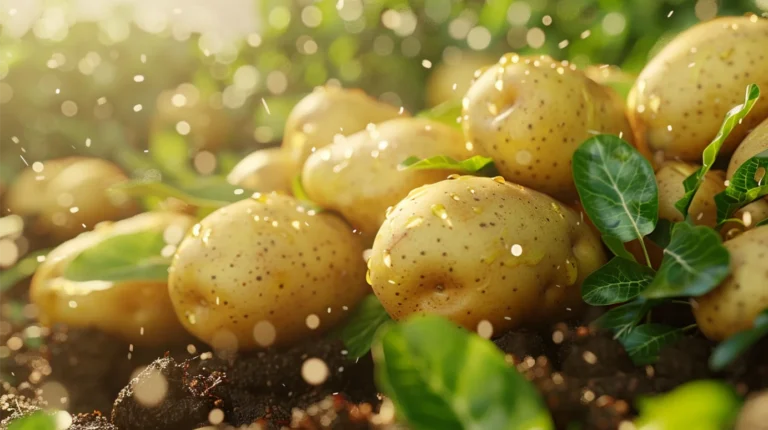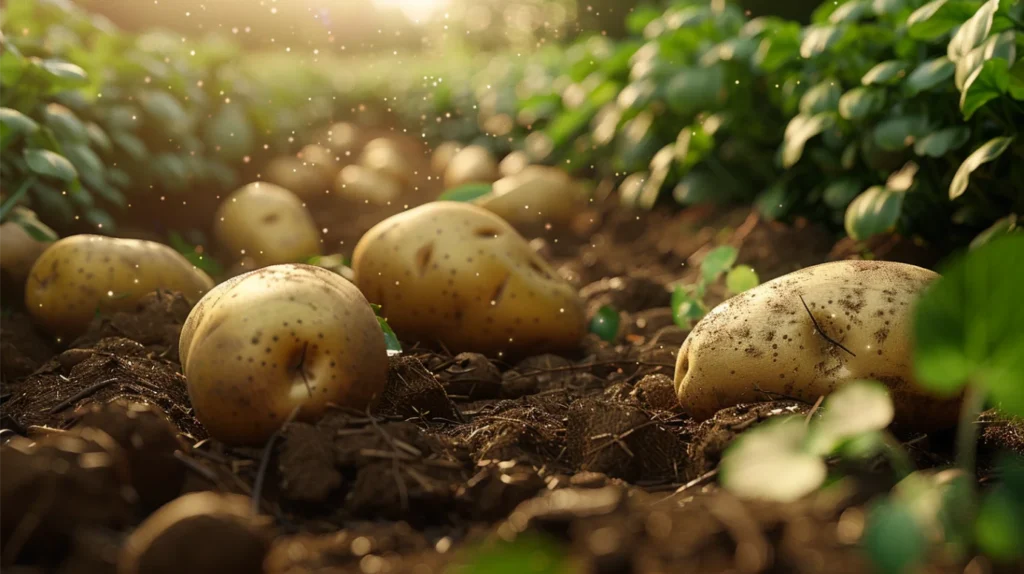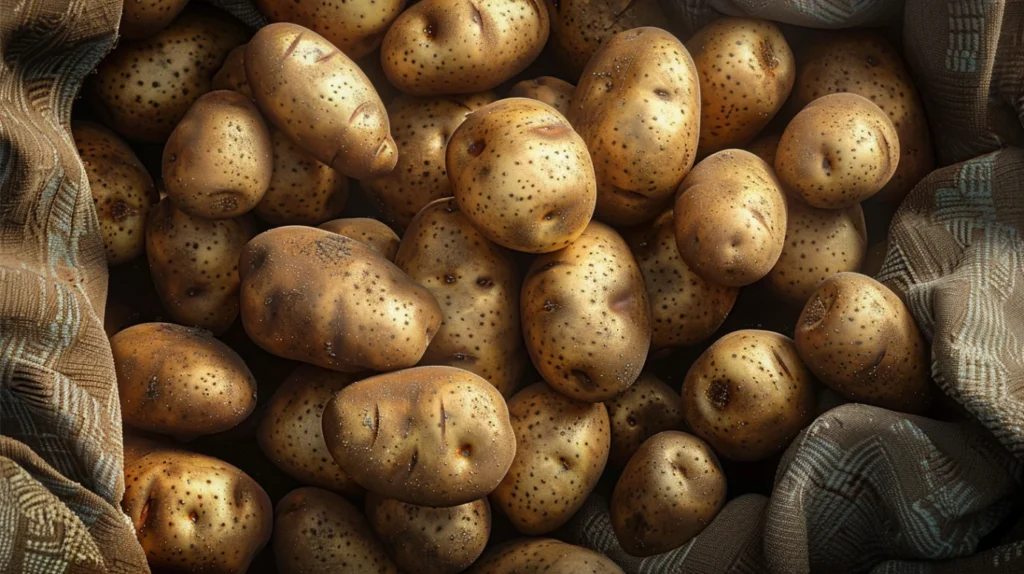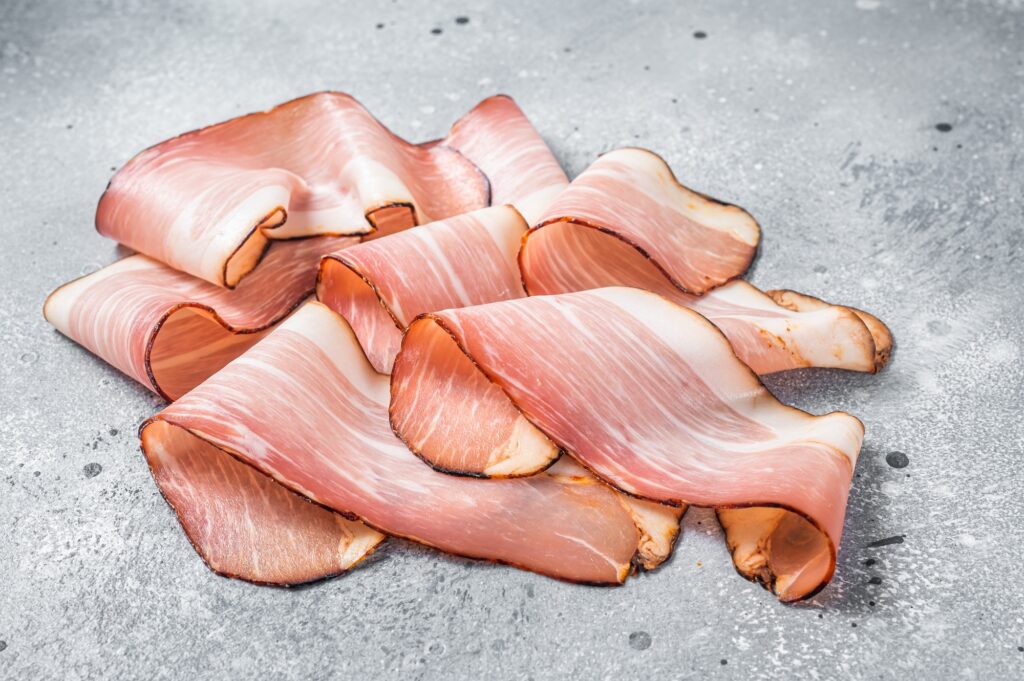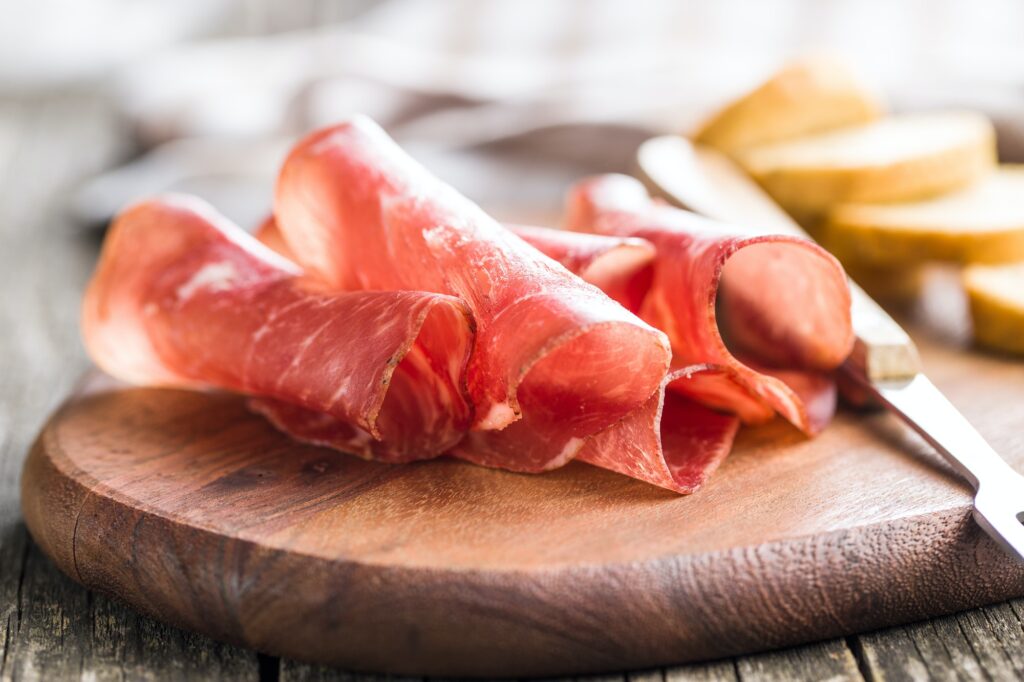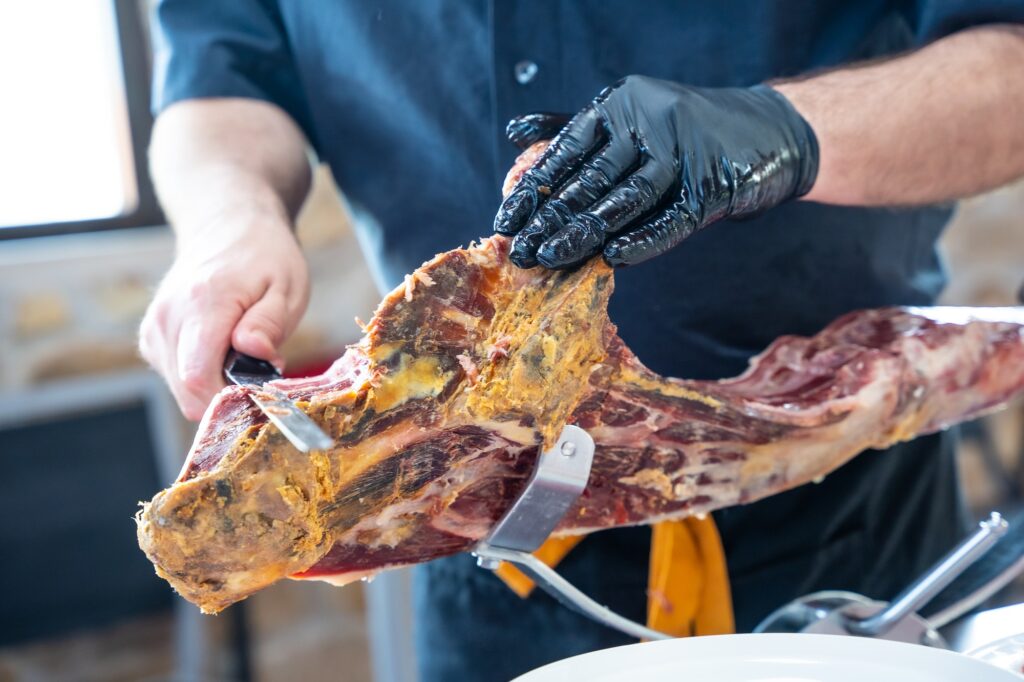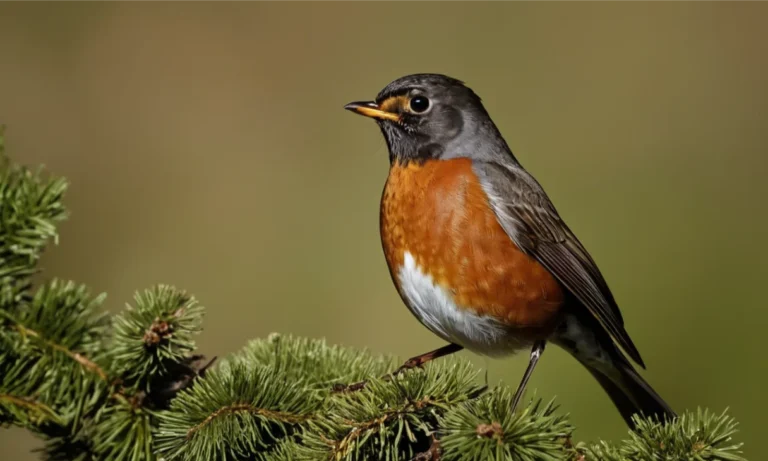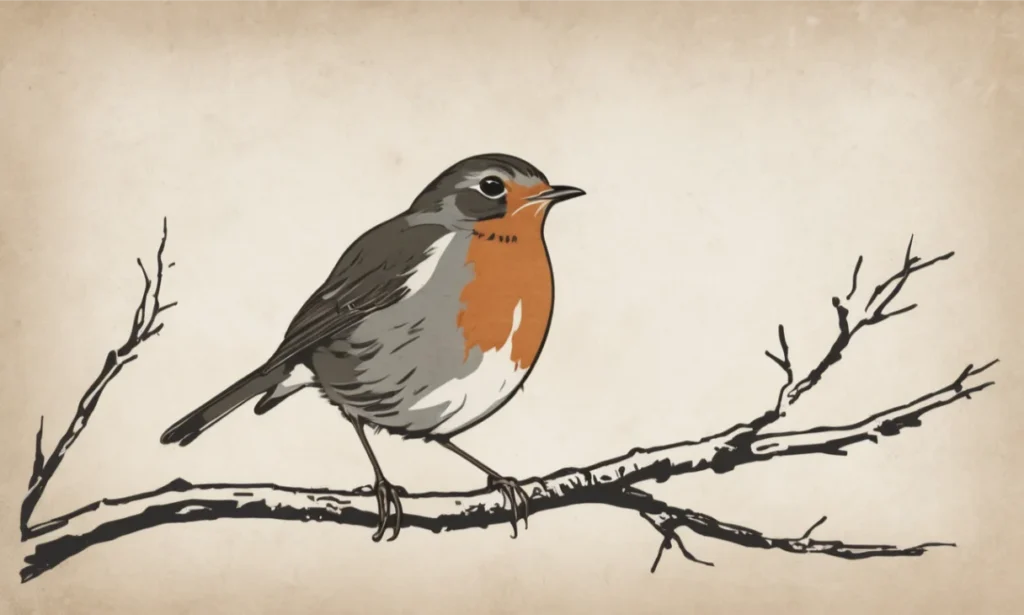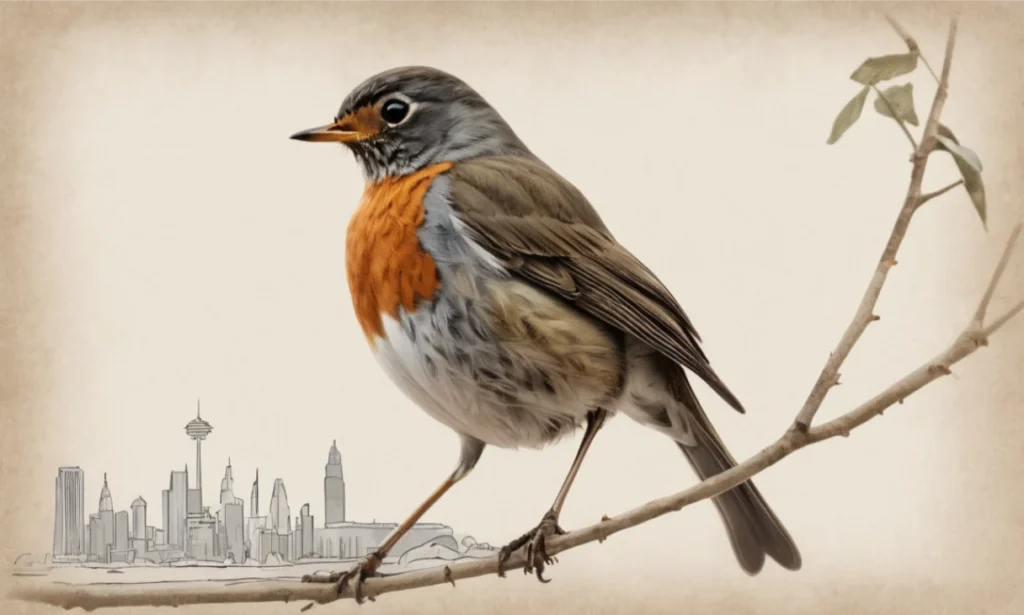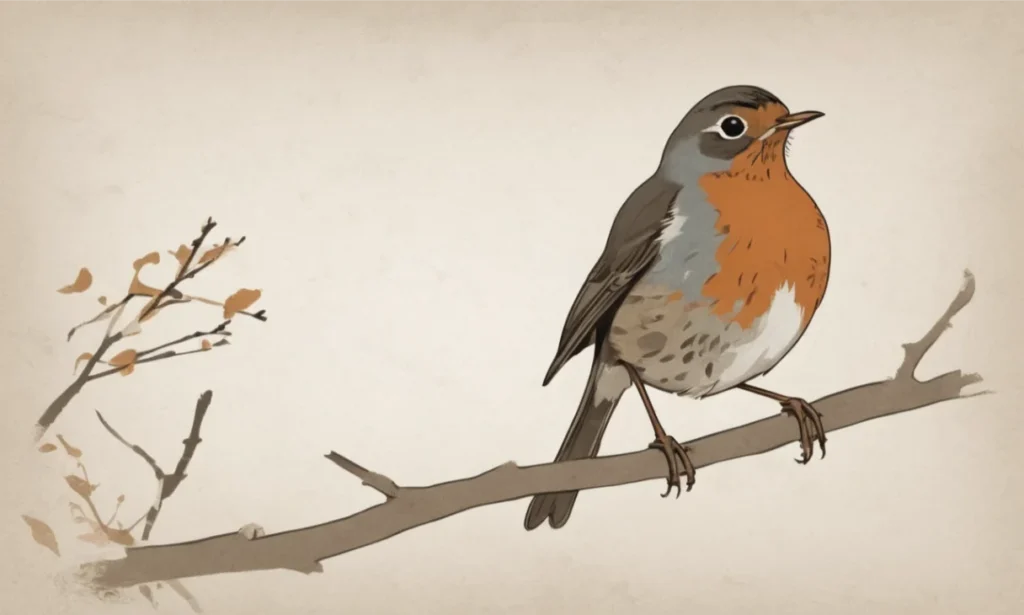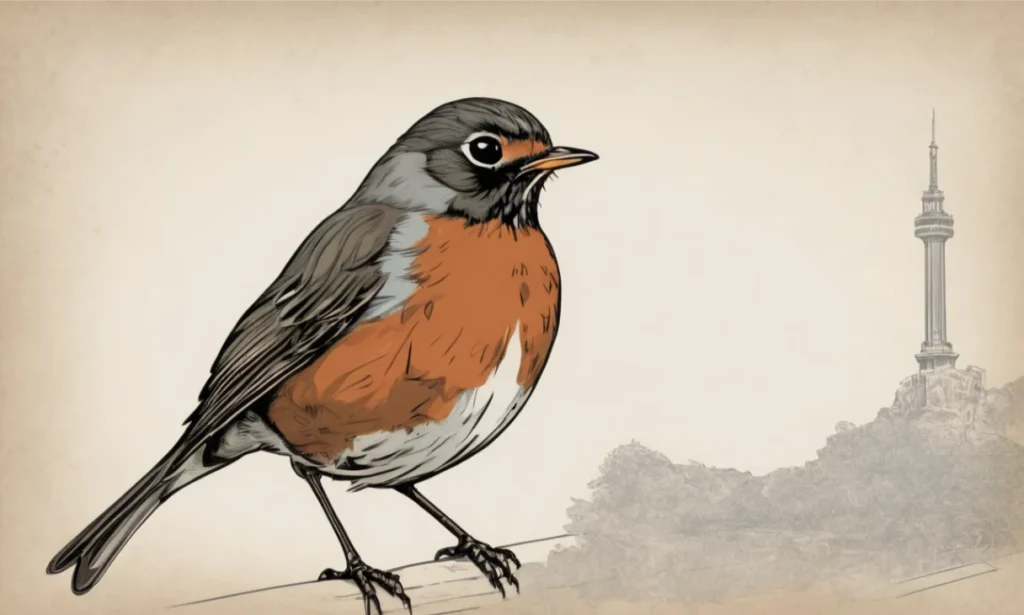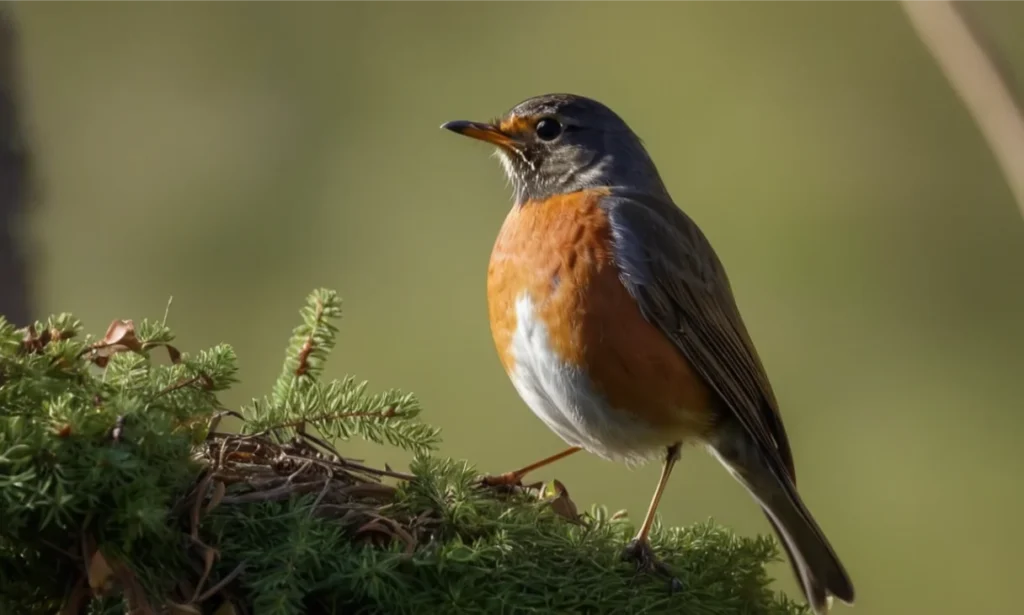Refresh Your Home Without Renovating: 10 Quick Ideas
Are you feeling the itch to breathe new life into your living space but don’t have the time, budget, or inclination for a full-scale renovation? You’re not alone! Many homeowners and renters alike are looking for ways to revitalize their homes without the hassle of major construction work. The good news is that you can achieve a significant transformation with some clever, quick, and budget-friendly ideas. In this comprehensive guide, we’ll explore ten fantastic ways to refresh your home without renovating, providing you with inspiration and practical tips to create a space you’ll love coming back to every day.
1. Paint Power: Transform Your Space with Color
One of the most impactful ways to refresh your home is through the strategic use of paint. A fresh coat of color can dramatically alter the look and feel of a room, and it’s a project you can tackle yourself over a weekend.
Tips for a successful paint refresh:
- Choose your color wisely: Consider the mood you want to create. Cool tones like blues and greens can be calming, while warm hues like yellows and reds can energize a space.
- Don’t forget the ceiling: Painting the ceiling a lighter shade than the walls can make a room feel taller and more spacious.
- Accent walls: If you’re not ready to commit to painting an entire room, consider creating an accent wall to add a pop of color and interest.
- Prep is key: Take the time to properly clean and prepare your walls before painting for the best results.
Remember, paint isn’t just for walls. Consider refreshing wooden furniture, kitchen cabinets, or even your front door with a new coat of paint for an instant update.
2. Light It Up: Revamp Your Lighting Scheme
Lighting plays a crucial role in setting the ambiance of your home. By updating your lighting fixtures and adjusting your lighting scheme, you can completely transform the look and feel of a space.

Ideas for lighting updates:
For more great organizing tips and tricks, check out Garden and Home Hacks for inspiration and practical advice on creating a clutter-free, organized home.
- Replace outdated fixtures with modern designs that complement your style
- Add dimmer switches to create versatile lighting options for different moods and activities
- Incorporate task lighting in work areas like the kitchen or home office
- Use floor and table lamps to create cozy corners and reading nooks
- Consider smart lighting: Install smart bulbs that can be controlled via your smartphone for ultimate convenience and ambiance control
Don’t underestimate the power of natural light either. Clean your windows thoroughly and consider updating your window treatments to allow more daylight into your space.
3. Green It Up: Bring the Outdoors In
Adding plants to your home is an easy and effective way to refresh your space. Not only do they add visual interest and color, but they also improve air quality and can boost your mood.
Tips for incorporating plants:
- Choose low-maintenance plants if you’re new to plant care (e.g., snake plants, pothos, or ZZ plants)
- Create a statement with larger plants: A fiddle leaf fig or monstera can become a focal point in a room
- Use hanging planters to add greenery without taking up floor space
- Incorporate herbs in your kitchen for both visual appeal and culinary convenience
- Consider artificial plants for areas with low light if you struggle with plant care
Remember to choose plants that are safe if you have pets or small children in your home.
4. Rearrange and Reimagine: Furniture Placement
Sometimes, all you need to refresh your space is a new perspective. Rearranging your furniture can create a whole new look and improve the flow of your home without spending a dime.
Furniture rearrangement tips:
- Create conversation areas: Position seating to encourage interaction
- Consider the flow of traffic through the room
- Use furniture to define spaces in open-plan layouts
- Pull furniture away from walls to create a more intimate setting
- Experiment with asymmetrical arrangements for a modern look
Don’t be afraid to move pieces between rooms. That neglected chair in your bedroom might be the perfect addition to your living room!
5. Textiles and Textures: Soft Furnishings Makeover
Updating your soft furnishings is a quick and easy way to inject new life into your home. This includes items like curtains, throw pillows, rugs, and bedding.
Ideas for refreshing with textiles:
- Switch out throw pillow covers for a seasonal refresh
- Add a new area rug to define spaces or add warmth to hard flooring
- Update your curtains or blinds to change the look of your windows
- Invest in new bedding for an instant bedroom makeover
- Layer textures: Mix materials like velvet, linen, and wool for added depth and interest
Remember, mixing patterns can add visual interest, but stick to a cohesive color palette to keep the look pulled together.
6. Declutter and Organize: Create Space and Serenity

Sometimes, the most refreshing thing you can do for your home is to clear out the clutter. A well-organized space not only looks better but can also improve your mental well-being.
Decluttering and organizing tips:
- Tackle one room at a time to avoid feeling overwhelmed
- Use the “one in, one out” rule to maintain a clutter-free space
- Invest in attractive storage solutions that complement your decor
- Create designated spaces for items you use frequently
- Donate or sell items you no longer need or love
7. Art and Accessories: Express Your Style
Updating your wall art and decorative accessories is an easy way to refresh your space and express your personal style.
Ideas for art and accessory updates:
- Create a gallery wall with a mix of framed prints, photographs, and small objects
- Swap out photo frames for an instant refresh
- Use mirrors to reflect light and make spaces feel larger
- Display collections in curated vignettes
- Incorporate sculptural objects or plants as natural art pieces
Remember, art doesn’t have to be expensive. Consider framing postcards, vintage maps, or even your children’s artwork for unique and personal wall decor.
8. Hardware Refresh: Small Changes, Big Impact
Updating hardware is a small change that can have a surprisingly big impact on the look of your home. This includes items like doorknobs, cabinet pulls, and light switch plates.
Areas to consider for hardware updates:
- Kitchen and bathroom cabinet handles and knobs
- Interior door handles
- Curtain rods and finials
- Light switch and outlet covers
- Stair balusters and handrails
Choose finishes that complement your overall decor style. Mixed metals can create an eclectic, modern look, while matching finishes create a more cohesive, traditional feel.
9. Create Focal Points: Draw the Eye
Every room benefits from a focal point – a feature that naturally draws the eye and anchors the space. Creating or enhancing focal points can dramatically change the feel of a room.
Ideas for creating focal points:
- Install a statement light fixture
- Create an accent wall with bold wallpaper or paint
- Arrange furniture around a large piece of art or a mirror
- Use a dramatic piece of furniture as a centerpiece
- Highlight architectural features like fireplaces or built-in bookcases
Remember, a focal point should complement the room’s function. In a bedroom, the bed is often the natural focal point, while in a living room, it might be a fireplace or a large window with a view.
10. Outdoor Refresh: Don’t Forget Your Exterior
While we’ve focused mainly on interior spaces, don’t forget that the exterior of your home is the first thing you and your guests see. A few simple updates can dramatically improve your home’s curb appeal.
Quick exterior refresh ideas:
- Paint your front door a bold, welcoming color
- Update your house numbers with modern, stylish versions
- Add potted plants or window boxes for a pop of greenery
- Install landscape lighting to highlight your home and garden at night
- Refresh your porch or patio with new outdoor cushions and decor
These exterior updates not only make your home more inviting but can also increase its value if you’re considering selling in the future.
Conclusion: Your Refreshed Home Awaits
Refreshing your home doesn’t have to involve major renovations or a huge budget. With these ten ideas, you can breathe new life into your living space, creating a home that feels fresh, inviting, and uniquely you. Remember, the key is to start small and focus on changes that will have the most impact in your daily life.
Whether you choose to repaint a room, rearrange your furniture, or simply declutter and organize, each of these updates can contribute to a more enjoyable living space. Don’t be afraid to experiment and let your personal style shine through. After all, your home should be a reflection of you and a place where you love to spend time.
As you embark on your home refresh journey, keep in mind that it’s not about achieving perfection. It’s about creating a space that feels comfortable, functional, and inspiring to you. Take your time, enjoy the process, and don’t hesitate to adjust things as you go along.
With these ideas in hand, you’re well-equipped to give your home a fabulous refresh without the need for major renovations. So roll up your sleeves, let your creativity flow, and get ready to fall in love with your home all over again!




